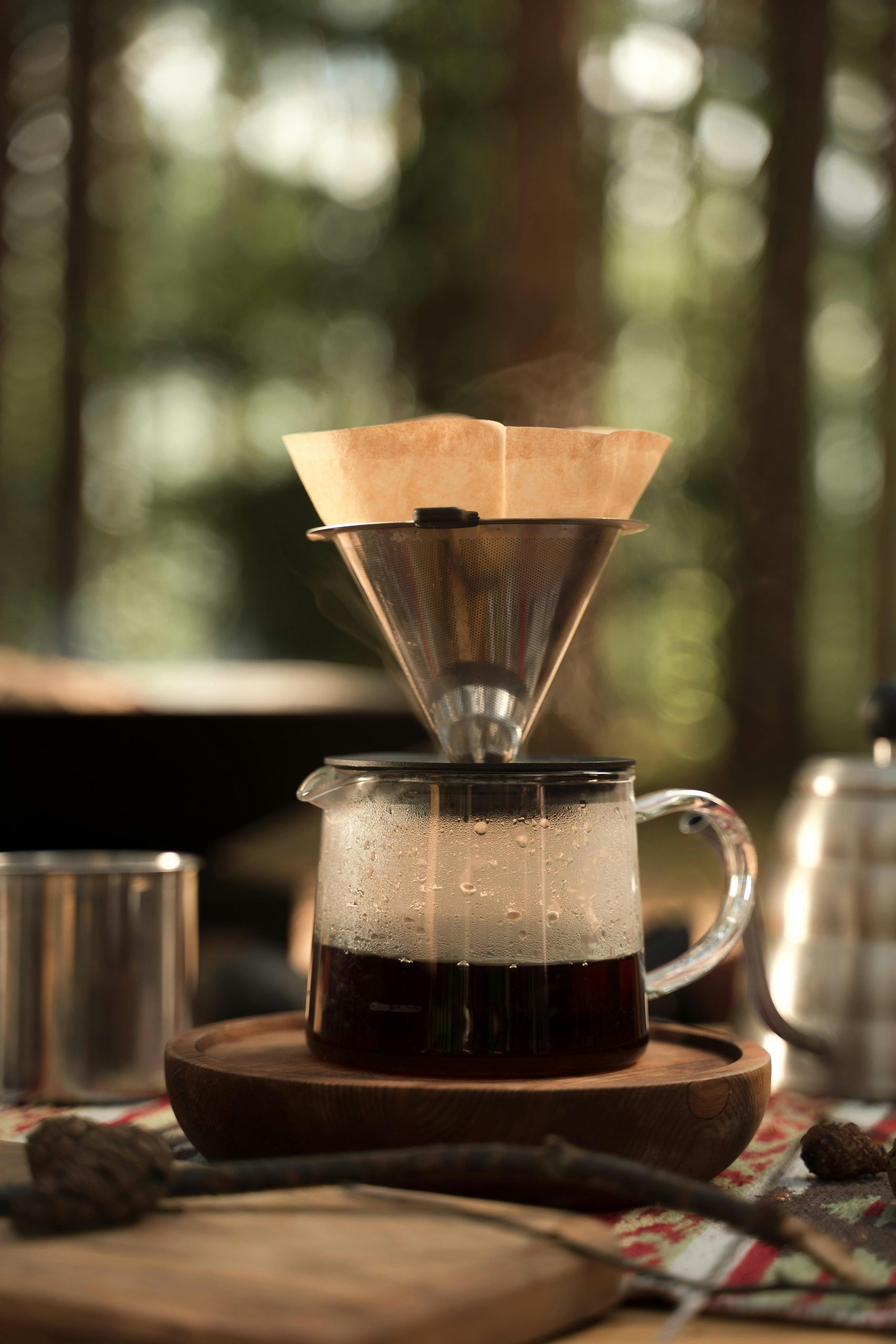Kitchens are a living museum of our changing culinary habits and technologies. The drawers and cupboards of our parents’ and grandparents’ kitchens were filled with single-purpose gadgets and tools that were once considered essential for any home cook. Today, thanks to the rise of multi-functional appliances, a greater variety of pre-prepared ingredients, and a shift in cooking styles, many of these former essentials have been relegated to the back of the cupboard or the shelves of an antique store. Here’s a nostalgic look at nine kitchen items that have quietly disappeared from modern use.

Image Source: pexels.com
1. The Hand-Crank Egg Beater
Before the electric hand mixer became a household staple, whipping egg whites for a meringue or cream for a dessert required a hand-crank egg beater. This mechanical gadget with its twin interlocking whisks was a common sight. While charmingly retro, its job is now done much more quickly and efficiently by electric mixers and stand mixers, making the manual version almost completely obsolete.
2. Elaborate Jello Molds
In the mid-20th century, molded gelatin salads and desserts were the height of dinner party sophistication. Kitchens were stocked with elaborate aluminum or copper molds in various shapes, from simple rings to intricate floral patterns. As culinary tastes shifted away from savory jello salads and aspics, the need for these specialized molds has all but vanished, now existing mostly as kitschy decor.
3. The Bread Box
Before modern preservatives and plastic packaging became the norm, a bread box was an essential item on the kitchen counter. It was designed to keep loaves of bread fresh by regulating humidity and airflow. Today, with most commercial bread being sold in plastic bags and having a longer shelf life, the dedicated bread box has become a charming but largely unnecessary vintage accessory.
4. The Gravy Separator
A gravy separator is a small pitcher with a spout that comes from the bottom of the vessel. The idea is to pour in pan drippings and allow the fat to rise to the top. You can then pour out the lean juices from the bottom, leaving the fat behind. While clever, this single-purpose tool is now often replaced by simply skimming the fat with a spoon or using a fat separator as part of a multi-gadget. It’s no longer a standard-issue kitchen tool.
5. The Flour Sifter
Many vintage recipes call for sifting flour to aerate it and remove impurities. This required a hand-crank or squeeze-handle flour sifter. However, modern milling processes produce a much finer and more uniform flour that rarely needs sifting for most recipes. Most home bakers now simply whisk their flour to aerate it, making the dedicated sifter an unnecessary extra step and another tool to wash.
6. The Icebox
This is the ancestor of the modern refrigerator. An “icebox” was a non-mechanical, insulated cabinet that was kept cold by a large block of ice delivered by an iceman. It was a revolutionary way to preserve food, but it was quickly and completely replaced once electric refrigerators became affordable and widely available after World War II.
7. The Butter Churn and Molds
For households that sourced fresh cream, a butter churn was necessary to agitate the cream into butter. Following that, decorative wooden butter molds or presses were used to shape the butter into fancy pats for serving. With high-quality butter readily and affordably available in any grocery store, the entire process of home churning has become a historical reenactment rather than a kitchen necessity.
8. The Hand-Crank Can Opener
While many people still keep a manual can opener in a drawer for emergencies, the electric can opener was once a prized countertop appliance. These bulky devices that automatically turned and sliced open cans were a symbol of modern convenience. Today, many cans come with pull-tabs, and for those that don’t, smaller and more efficient manual openers have made the countertop electric version seem clunky and unnecessary.
9. The Percolator

Image Source: pexels.com
Before the automatic drip coffee maker took over, many households brewed their coffee in a percolator, either on the stovetop or as a standalone electric pot. The percolator continuously cycles boiling water through the coffee grounds, creating a strong, and often bitter, brew. Drip machines, French presses, and pod-based systems like Keurig have offered more control and a better taste profile, making the percolator a relic of a past coffee era.
The tools we keep in our kitchens tell a story about how we live and eat. The disappearance of these once-essential items marks a significant shift from manual, single-purpose tools to the efficiency of electric, multi-functional appliances. While we’ve gained convenience, we’ve lost some of the tactile, hands-on processes that defined cooking for previous generations. These forgotten gadgets remain a charming reminder of how much the heart of the home has changed.
What forgotten kitchen gadget do you remember from your childhood? Are there any “obsolete” tools that you still swear by and use regularly? Share your kitchen memories below!
Read More

